Home>Home Appliances>Kitchen Appliances>How To Protect Glass Top Stove From Cast Iron
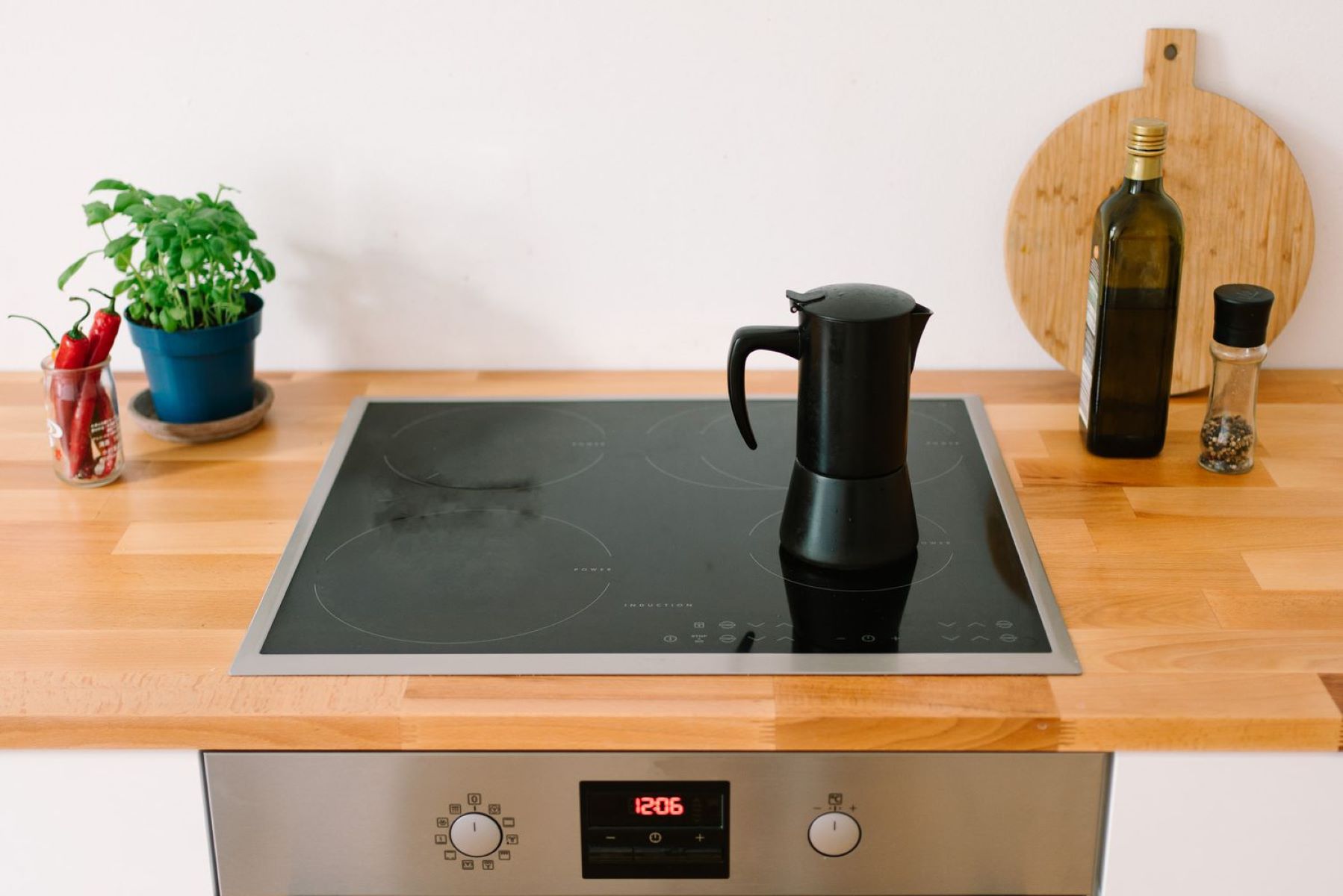

Kitchen Appliances
How To Protect Glass Top Stove From Cast Iron
Modified: February 18, 2024
Learn how to protect your glass top stove from cast iron cookware with these kitchen-appliances tips and keep your stove looking like new. Prevent scratches and damage today!
(Many of the links in this article redirect to a specific reviewed product. Your purchase of these products through affiliate links helps to generate commission for Storables.com, at no extra cost. Learn more)
Introduction
A glass top stove adds a touch of elegance to any kitchen, offering a sleek and modern cooking surface. However, when it comes to using cast iron cookware on these stoves, there are important considerations to keep in mind. While cast iron is a beloved kitchen staple for its durability and heat retention, it can pose potential risks to glass top stoves if not used with care. In this article, we will delve into the essential tips and precautions for protecting your glass top stove from the potential hazards associated with cast iron cookware. Understanding these risks and implementing the recommended measures will help you maintain the pristine condition of your glass top stove while enjoying the benefits of cooking with cast iron. Let's explore the best practices for safeguarding your glass top stove and preserving its beauty and functionality for years to come.
Key Takeaways:
- Protect your glass top stove from cast iron by using a heat diffuser or protective mat, handling cookware with care, and inspecting for rough spots to prevent scratches and damage.
- Keep your glass top stove pristine by cleaning with non-abrasive materials, maintaining cast iron cookware, and promptly addressing spills to prevent residue buildup and scratches.
Understanding the Risks
When it comes to using cast iron cookware on a glass top stove, it's crucial to be aware of the potential risks involved. While cast iron is renowned for its exceptional heat retention and versatility, its heavyweight and rough surface can present challenges when used on a glass top stove.
-
Scratching and Abrasion: The rough and uneven bottom surface of cast iron cookware can easily scratch the smooth glass surface of the stove. Even tiny particles of grit or food residue trapped between the cookware and the stove can cause abrasions, marring the pristine appearance of the glass top.
-
Heat Distribution: Cast iron cookware has the propensity to distribute heat unevenly, which can create hot spots on the glass top stove. These concentrated areas of heat can potentially cause thermal shock to the glass, leading to cracks or breakage.
-
Weight and Impact: The substantial weight of cast iron cookware, especially when filled with food, can exert excessive pressure on the glass surface. Accidental impacts or sliding of the heavy cookware across the stove can result in cracks or scratches.
-
Residue Build-Up: The seasoning or oil used to maintain cast iron cookware can sometimes transfer onto the glass top stove, leaving stubborn residue that is challenging to remove. This residue can affect the stove's heating elements and detract from its visual appeal.
Understanding these risks is essential for ensuring the longevity and performance of your glass top stove. By being mindful of these potential hazards, you can take proactive measures to mitigate the risks and protect your stove from damage. In the following sections, we will explore precautionary measures and effective cleaning and maintenance tips to safeguard your glass top stove from the perils associated with using cast iron cookware.
Precautionary Measures
When it comes to safeguarding your glass top stove from the potential risks associated with using cast iron cookware, implementing precautionary measures is paramount. By adopting these proactive steps, you can minimize the likelihood of damage and preserve the pristine condition of your stove.
-
Use a Protective Barrier: To create a protective barrier between the cast iron cookware and the glass top stove, consider using a heat diffuser or a protective mat. These accessories help distribute the heat evenly and prevent direct contact between the rough surface of the cookware and the delicate glass, reducing the risk of scratches and abrasions.
-
Mindful Handling: When placing or moving cast iron cookware on the glass top stove, exercise caution and avoid sliding or dragging the cookware. Lift the cookware gently to reposition it, minimizing the potential for impact or scratches on the stove's surface.
-
Inspect the Cookware Bottom: Before using cast iron cookware on the glass top stove, inspect the bottom surface for any rough spots, burrs, or debris that could scratch the glass. Keeping the bottom of the cookware smooth and clean is essential for protecting the stove from abrasions.
-
Control the Heat: When using cast iron cookware, it's advisable to avoid sudden temperature changes. Gradually increase or decrease the heat to prevent thermal shock to the glass top. Additionally, ensure that the cookware's bottom is clean and free from any food particles or residue that could cause scratches.
-
Regular Maintenance: Keep the glass top stove clean and free from spills and residue. Regularly wipe the surface with a soft cloth or a recommended cleaner to prevent the buildup of grime or residue from the cast iron cookware.
-
Proper Storage: When not in use, store the cast iron cookware in a designated area away from the glass top stove. This prevents accidental impacts and minimizes the risk of scratches or damage to the stove's surface.
By adhering to these precautionary measures, you can effectively mitigate the potential risks associated with using cast iron cookware on a glass top stove. These proactive steps not only protect the stove from damage but also contribute to maintaining its aesthetic appeal and functionality for years to come. With these measures in place, you can confidently enjoy the benefits of cooking with cast iron while preserving the beauty and integrity of your glass top stove.
To protect a glass top stove from cast iron, use a heat diffuser or a protective mat to prevent direct contact between the stove and the cast iron cookware. This will help to avoid scratching or cracking the glass surface.
Cleaning and Maintenance Tips
Maintaining the pristine condition of your glass top stove is essential for its longevity and performance. When it comes to cleaning and maintaining a glass top stove that is frequently used with cast iron cookware, specific strategies can help preserve its beauty and functionality. Here are comprehensive cleaning and maintenance tips to ensure your glass top stove remains in top-notch condition:
-
Regular Cleaning: After each use, allow the glass top stove to cool before cleaning. Use a soft, non-abrasive cloth or sponge and a recommended glass stove-top cleaner to gently remove any spills, food residue, or grease. Avoid using abrasive scrubbers or harsh chemicals that could damage the glass surface.
-
Careful Scrubbing: For stubborn residue or burnt-on food, carefully scrub the affected areas using a glass-safe scraper or a non-abrasive cleaning pad. Exercise caution to avoid scratching the glass surface, and always follow the manufacturer's guidelines for approved cleaning tools.
-
Avoiding Abrasive Materials: When cleaning the glass top stove, refrain from using abrasive materials such as steel wool, metal scrapers, or harsh cleaning powders. These abrasive substances can scratch the glass surface, compromising its integrity and appearance.
-
Regular Maintenance of Cast Iron Cookware: To prevent residue buildup on the glass top stove, ensure that your cast iron cookware is well-maintained. Keep the cookware clean and free from excess oil or seasoning that could transfer onto the stove's surface. Regularly re-season the cookware as needed to maintain its non-stick properties and prevent residue transfer.
-
Immediate Spill Cleanup: Accidental spills or boil-overs should be promptly cleaned to prevent them from hardening on the glass surface. Addressing spills immediately reduces the effort required for cleaning and minimizes the risk of stains or residue buildup.
-
Preventative Measures: Consider using protective cookware liners or mats specifically designed for glass top stoves. These accessories provide an additional layer of protection, minimizing the risk of scratches and residue transfer from cast iron cookware.
-
Routine Inspection: Periodically inspect the glass top stove for any signs of damage, scratches, or residue buildup. Addressing any issues promptly can prevent them from escalating and ensure the stove remains in optimal condition.
By incorporating these cleaning and maintenance tips into your kitchen routine, you can effectively preserve the pristine condition of your glass top stove, even when frequently using cast iron cookware. These proactive measures not only contribute to the stove's visual appeal but also enhance its longevity and performance, allowing you to enjoy the benefits of cooking with cast iron while safeguarding your valuable kitchen appliance.
Conclusion
In conclusion, safeguarding a glass top stove from the potential risks associated with using cast iron cookware is essential for preserving its functionality and aesthetic appeal. By understanding the risks, implementing precautionary measures, and adhering to effective cleaning and maintenance tips, you can ensure that your glass top stove remains in pristine condition while enjoying the benefits of cooking with cast iron.
The risks of scratching, uneven heat distribution, weight-related impacts, and residue buildup underscore the importance of taking proactive steps to protect the glass top stove. Using a protective barrier, exercising mindful handling, inspecting the cookware bottom, controlling the heat, regular maintenance, and proper storage are crucial precautionary measures that mitigate the potential hazards of using cast iron cookware on the stove.
Furthermore, incorporating comprehensive cleaning and maintenance strategies, such as regular cleaning, careful scrubbing, avoiding abrasive materials, maintaining cast iron cookware, immediate spill cleanup, and routine inspection, contributes to the long-term preservation of the glass top stove's pristine condition.
By embracing these best practices, you can confidently utilize cast iron cookware on your glass top stove, knowing that you are taking proactive steps to protect this valuable kitchen appliance. Not only do these measures safeguard the stove from potential damage, but they also enhance its longevity and performance, allowing you to enjoy the benefits of both cast iron cooking and the elegance of a glass top stove.
Ultimately, the harmonious coexistence of cast iron cookware and a glass top stove is achievable through a combination of awareness, proactive measures, and diligent maintenance. By prioritizing the protection and care of your glass top stove, you can continue to savor the delights of cooking with cast iron while preserving the beauty and functionality of this essential kitchen appliance for years to come.
Frequently Asked Questions about How To Protect Glass Top Stove From Cast Iron
Was this page helpful?
At Storables.com, we guarantee accurate and reliable information. Our content, validated by Expert Board Contributors, is crafted following stringent Editorial Policies. We're committed to providing you with well-researched, expert-backed insights for all your informational needs.
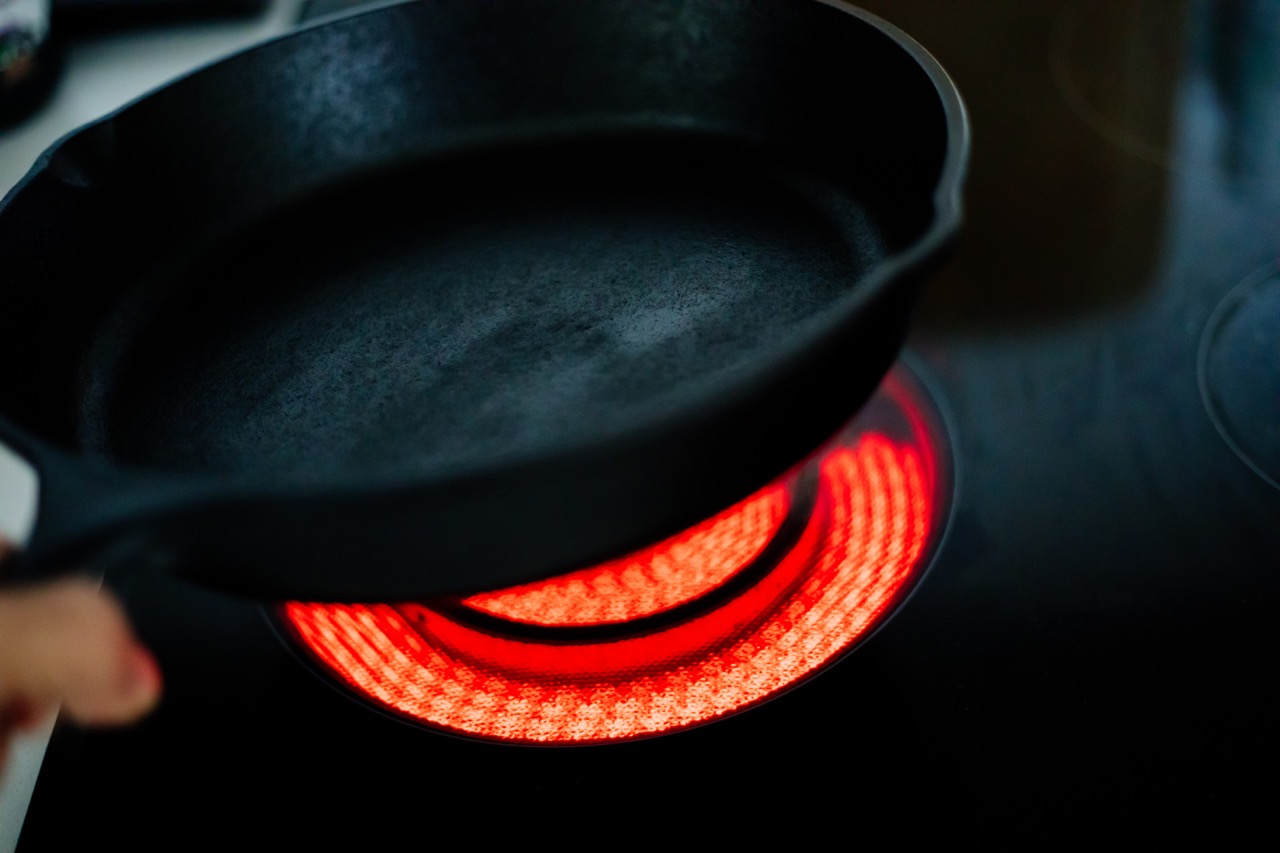
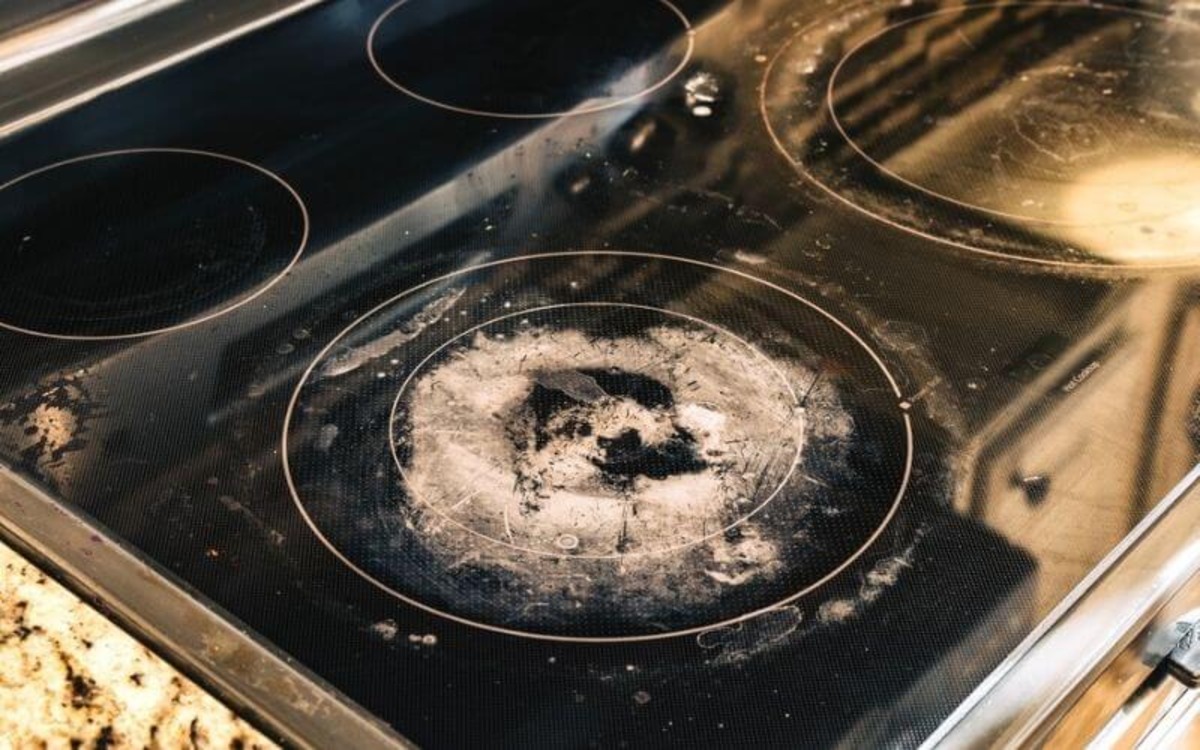
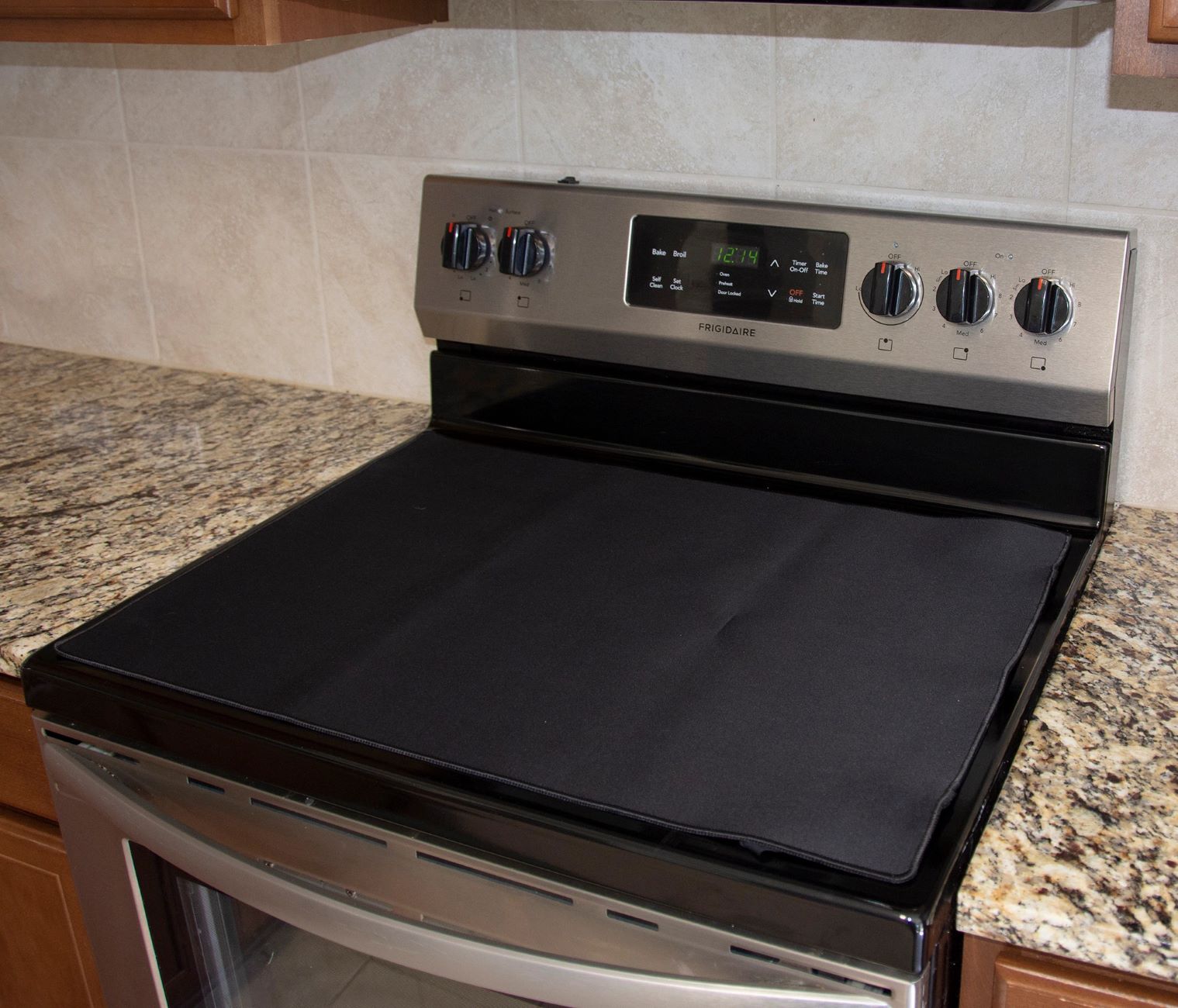
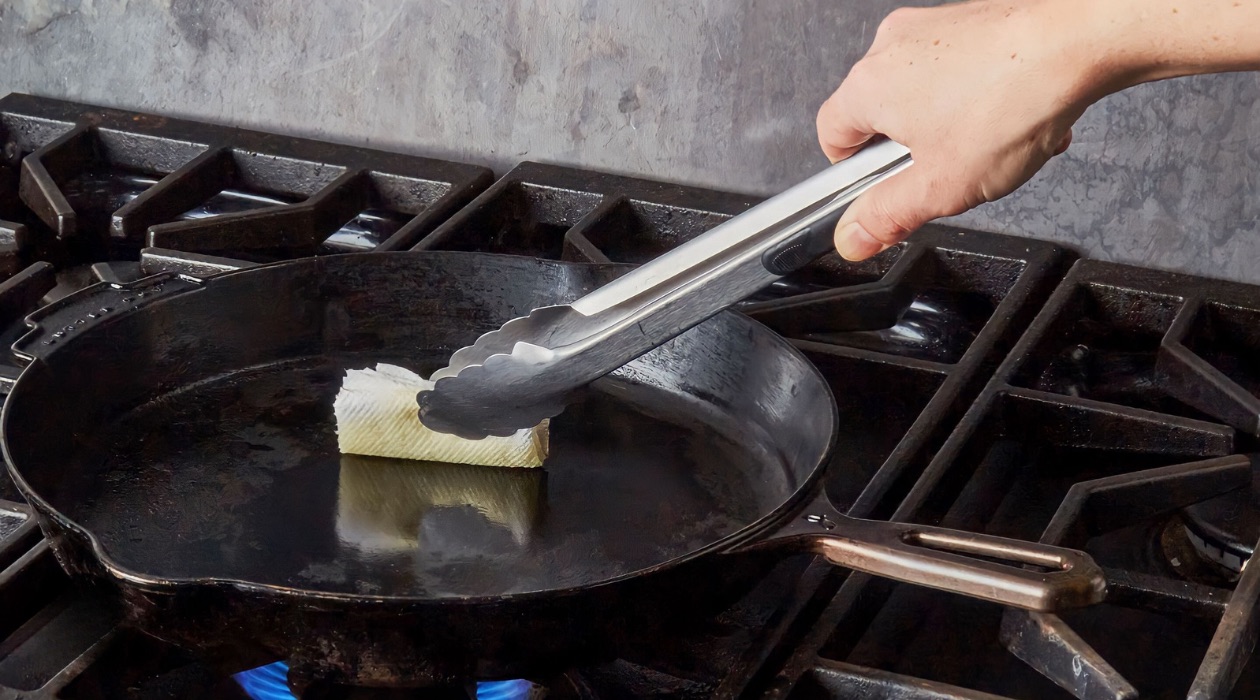
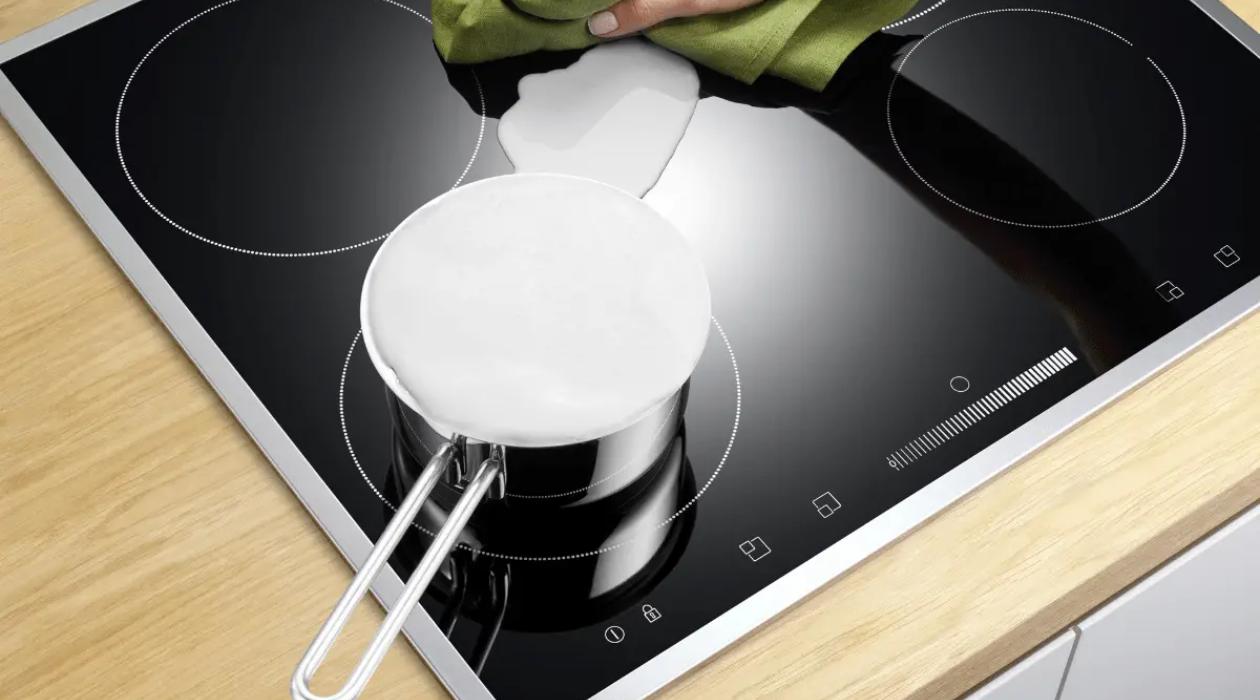
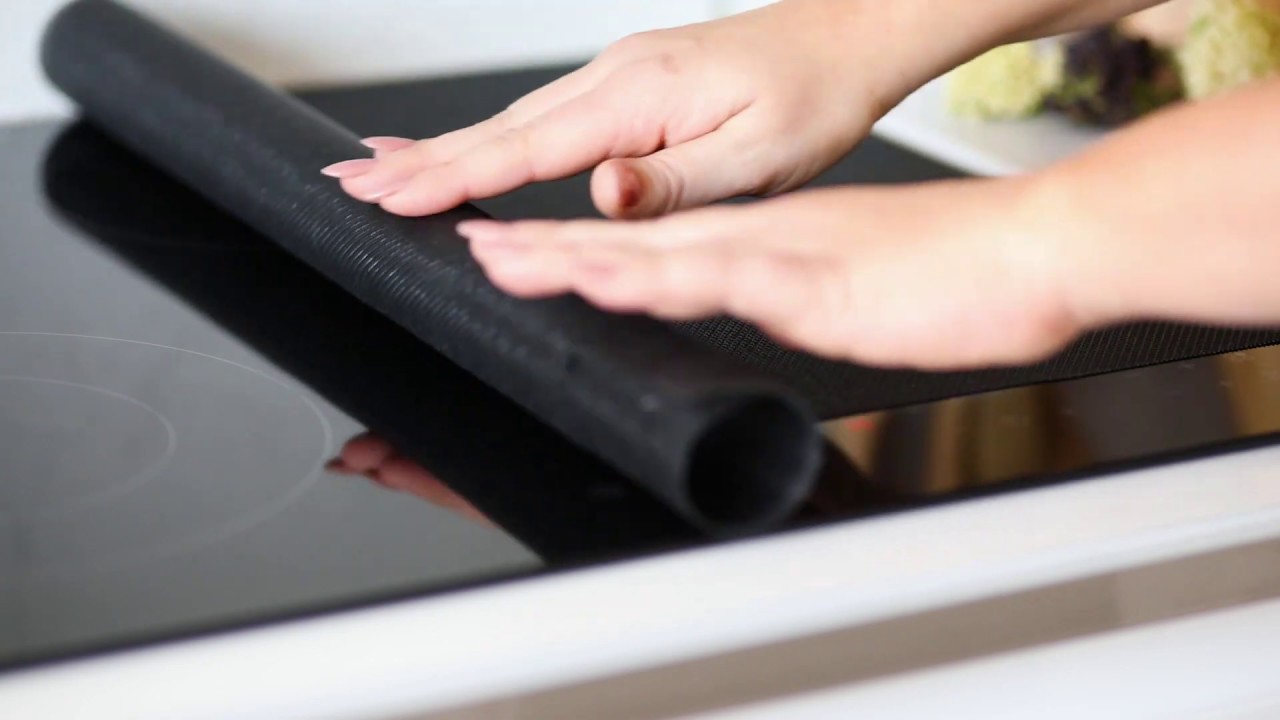
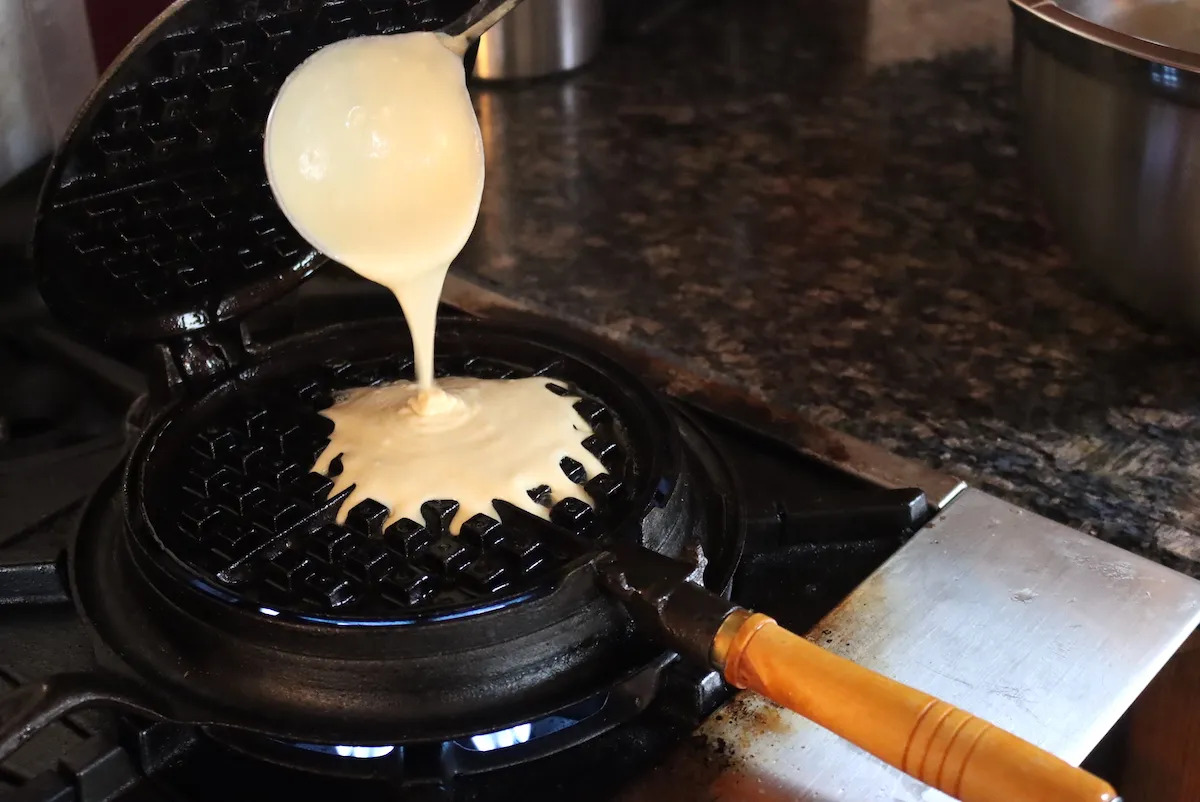
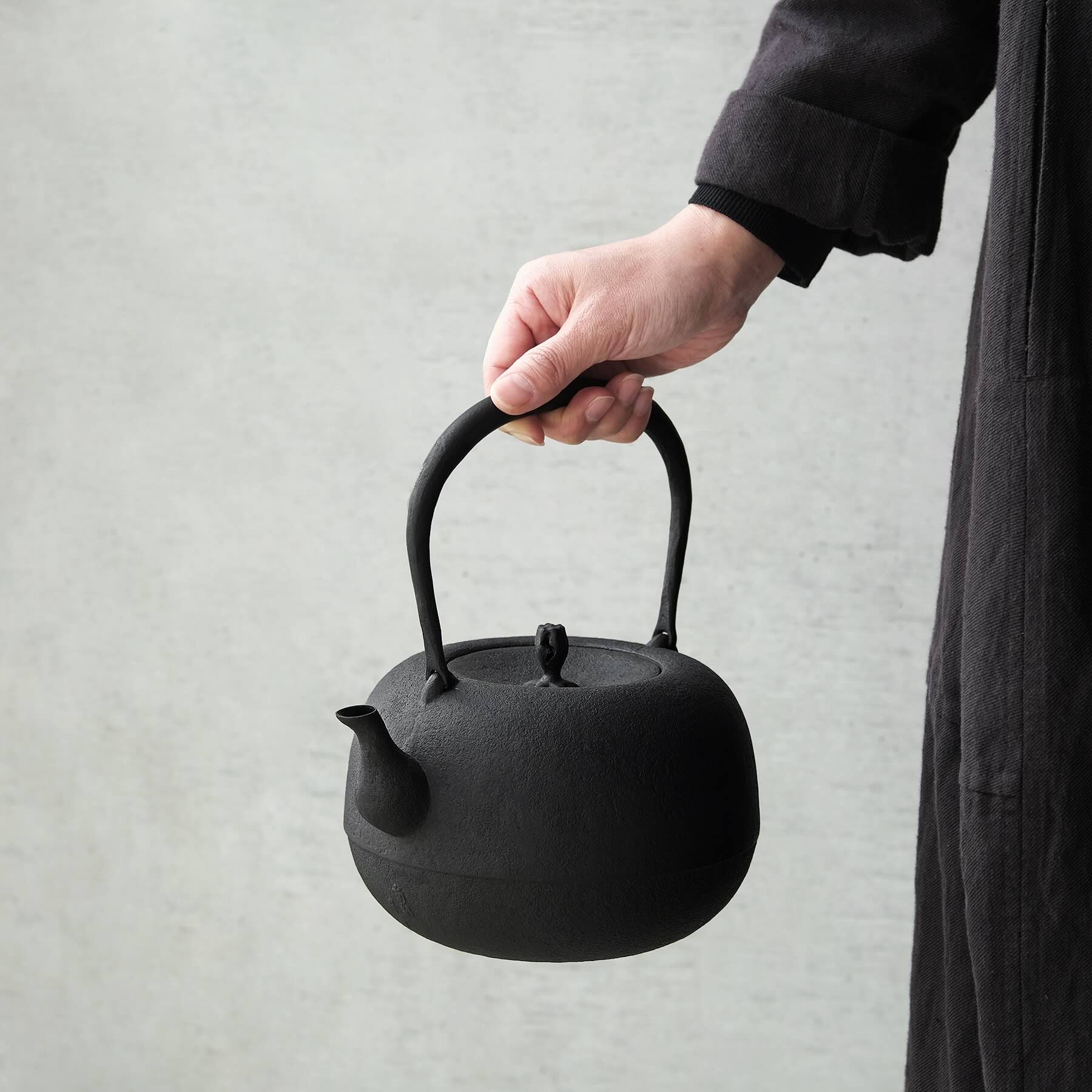
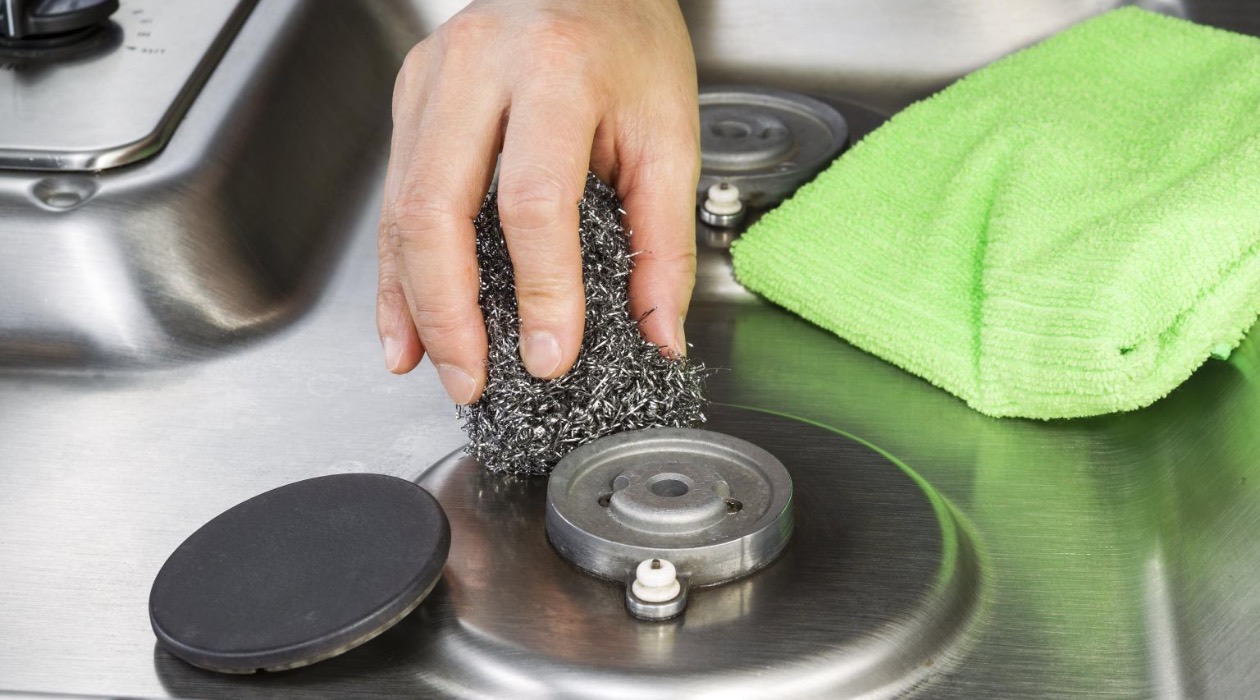
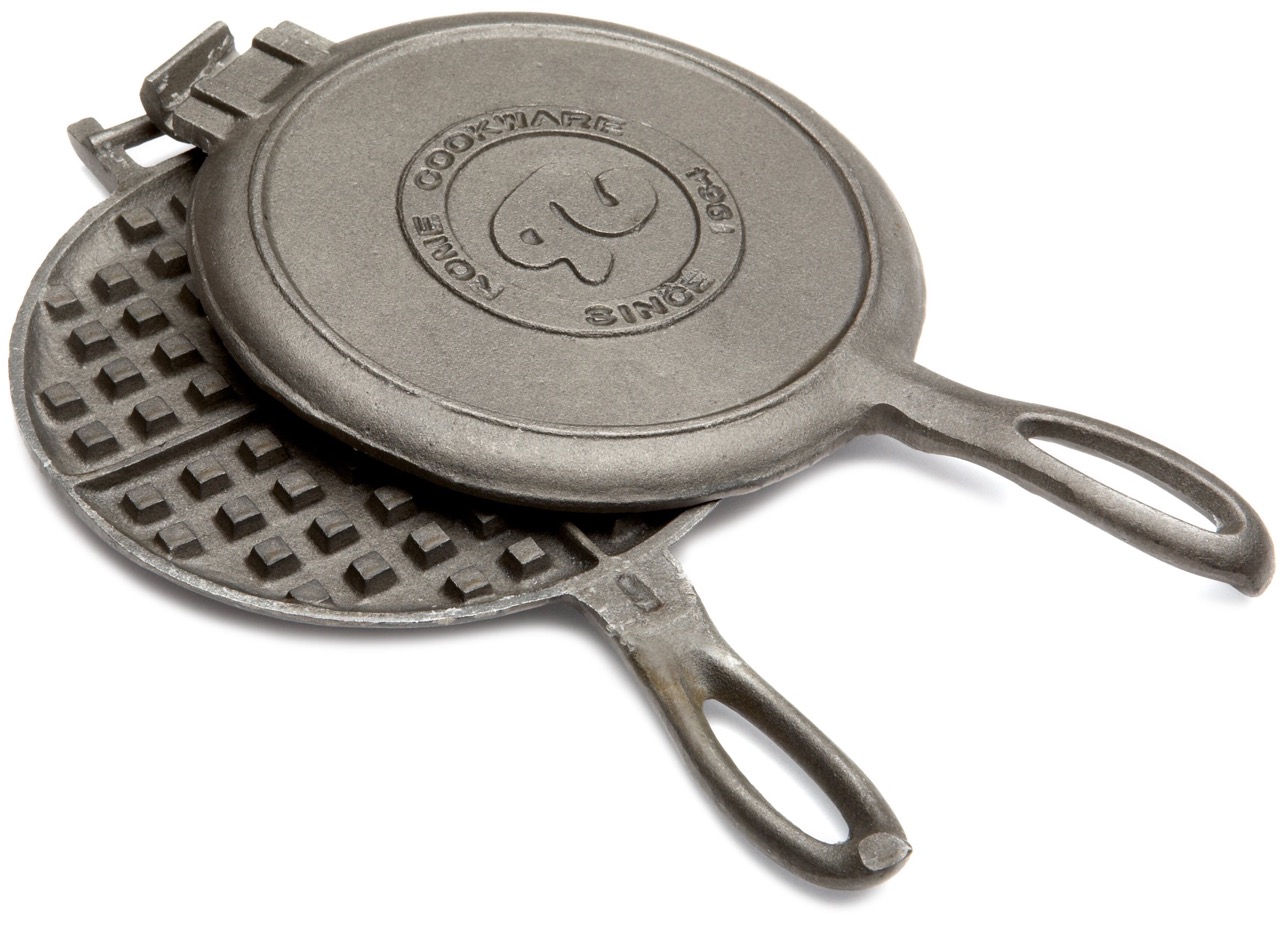
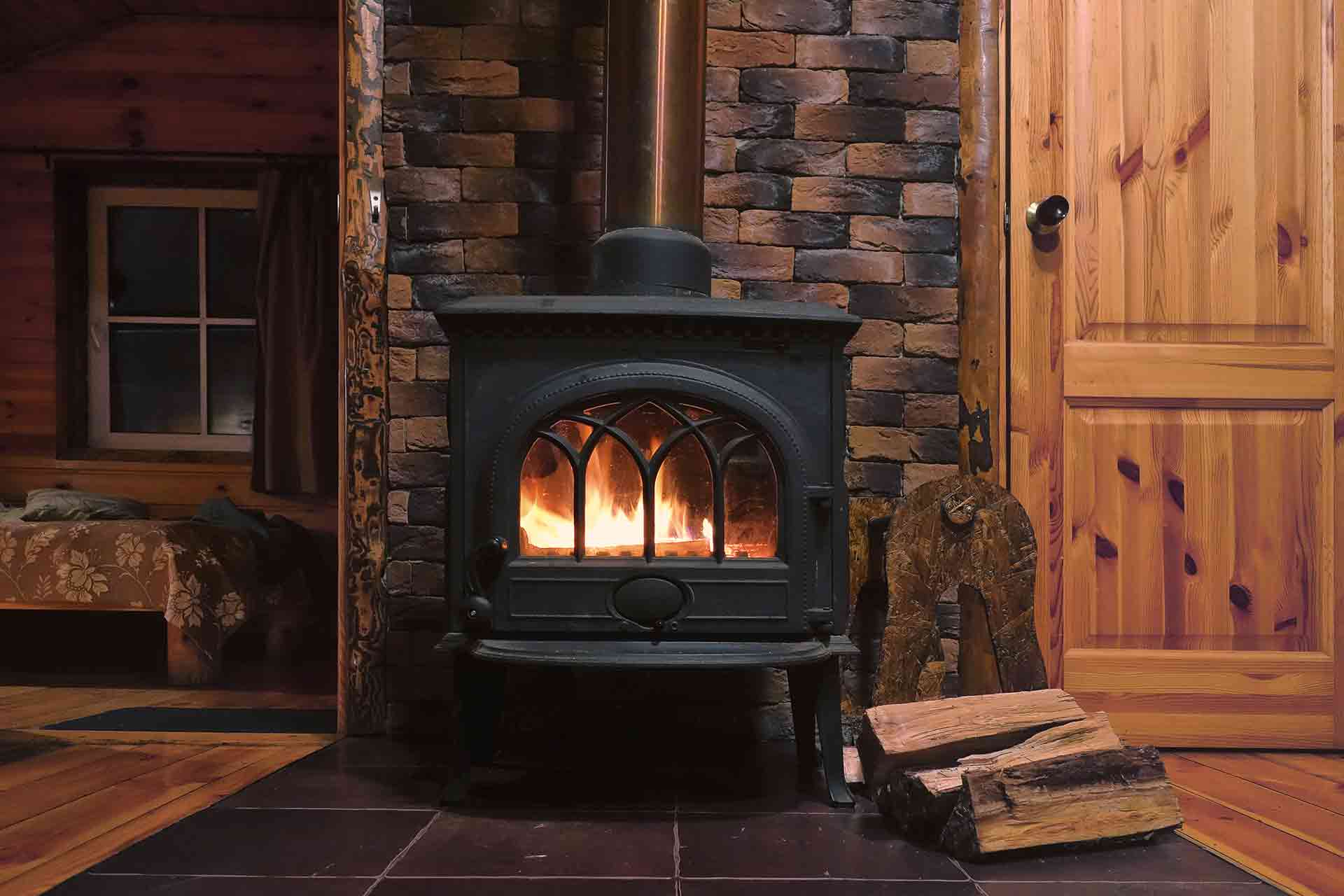
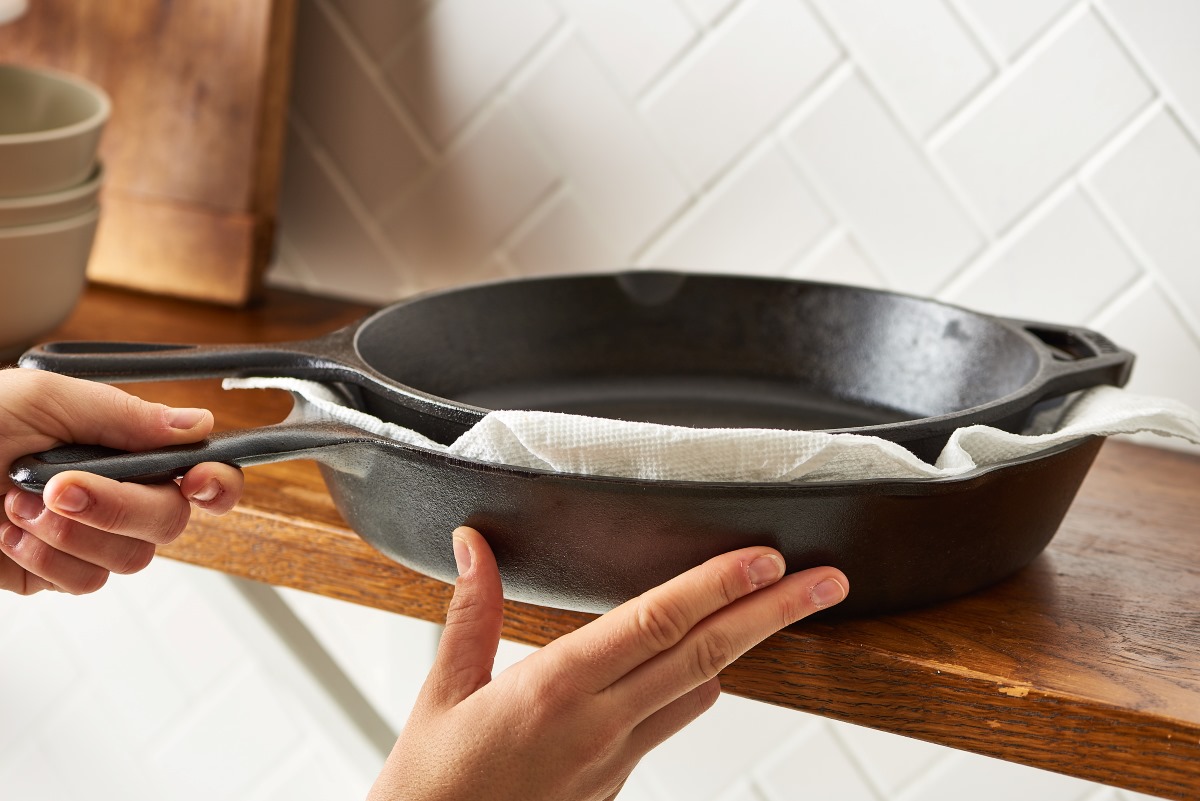
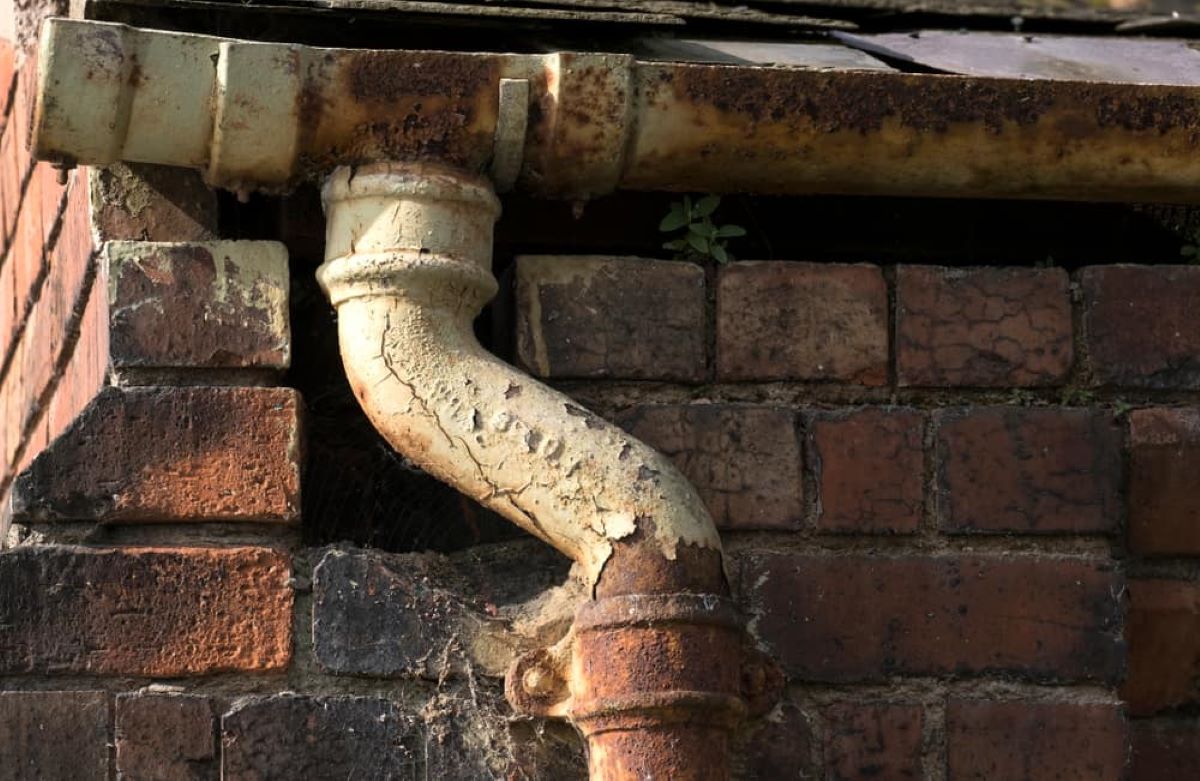
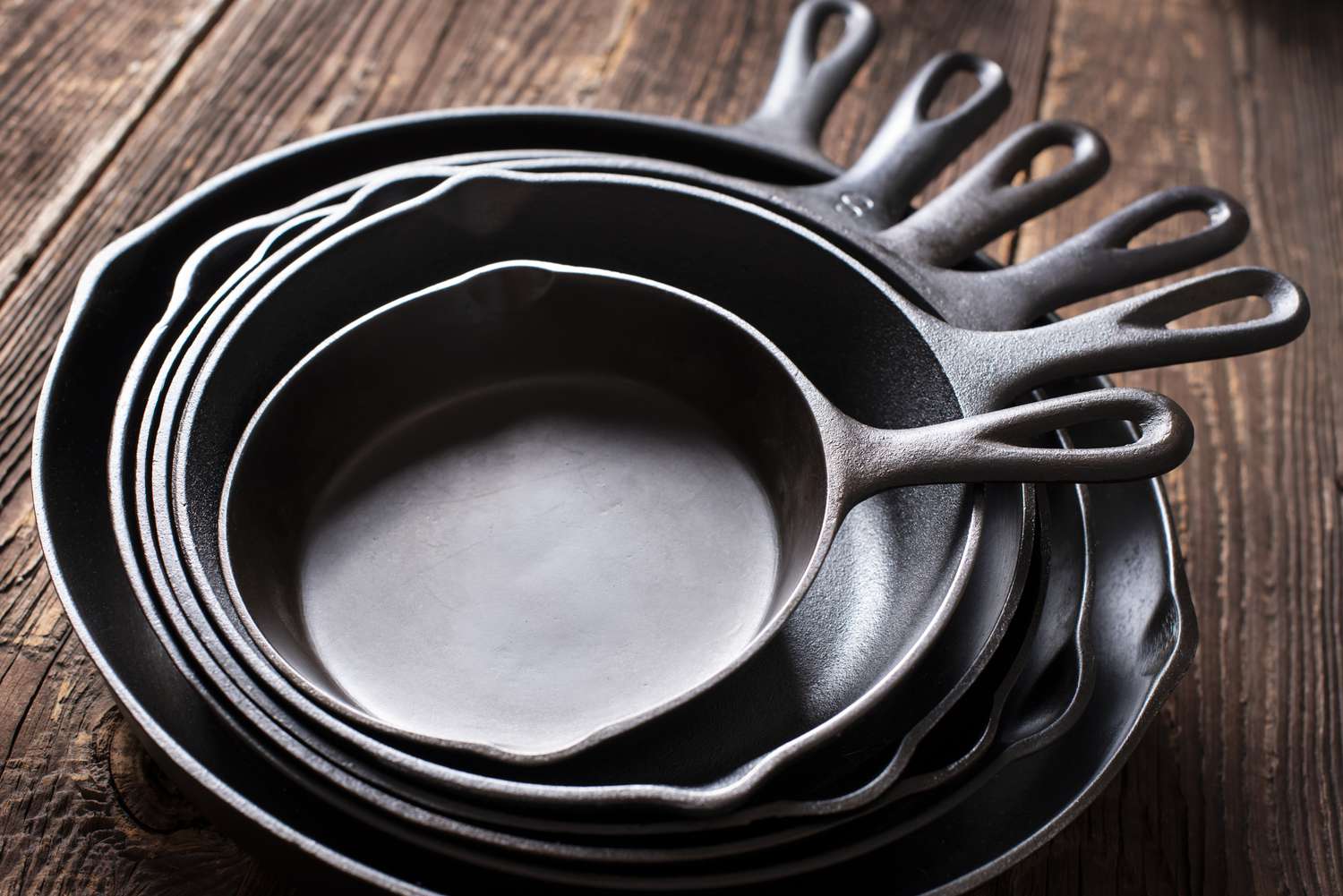
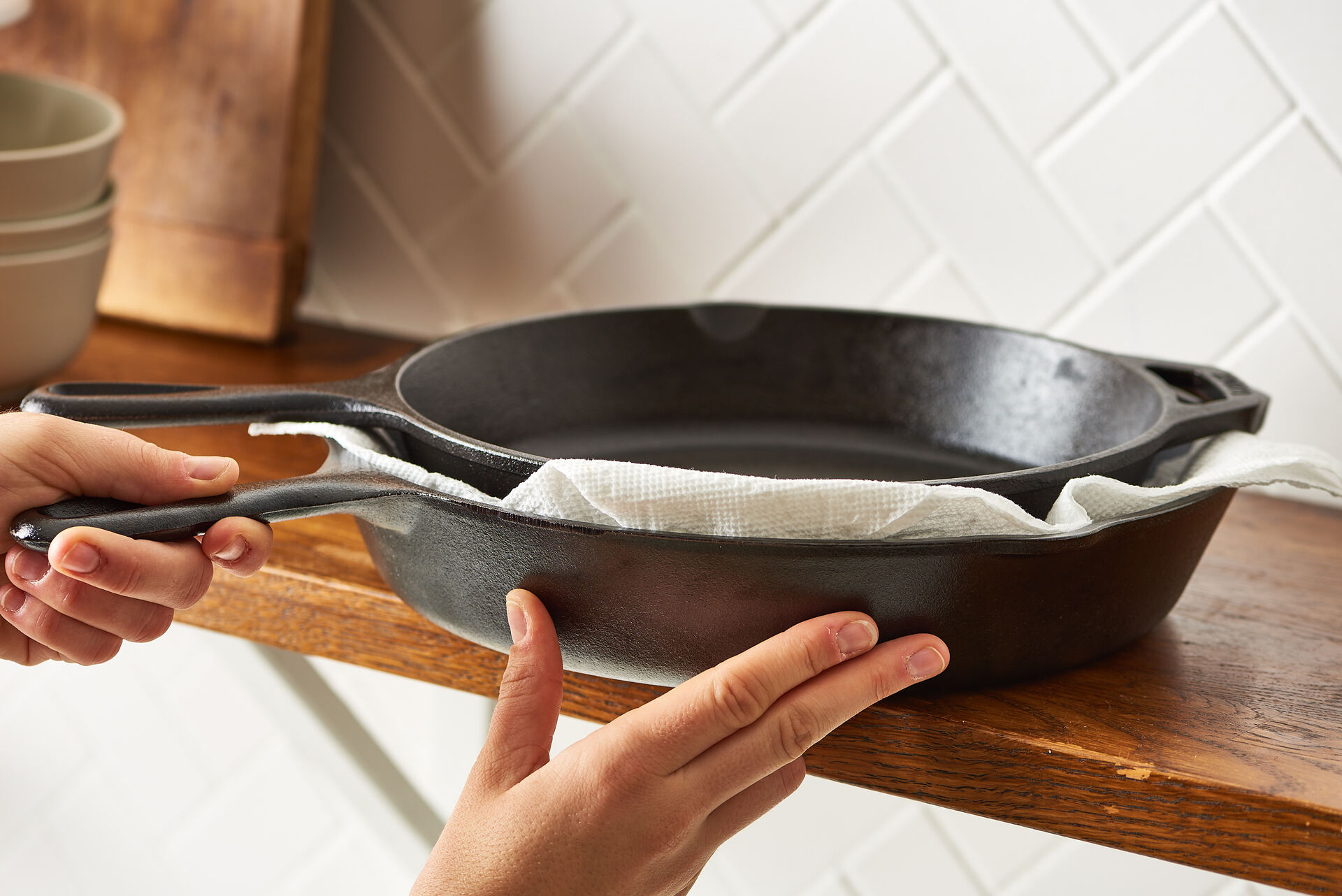

0 thoughts on “How To Protect Glass Top Stove From Cast Iron”